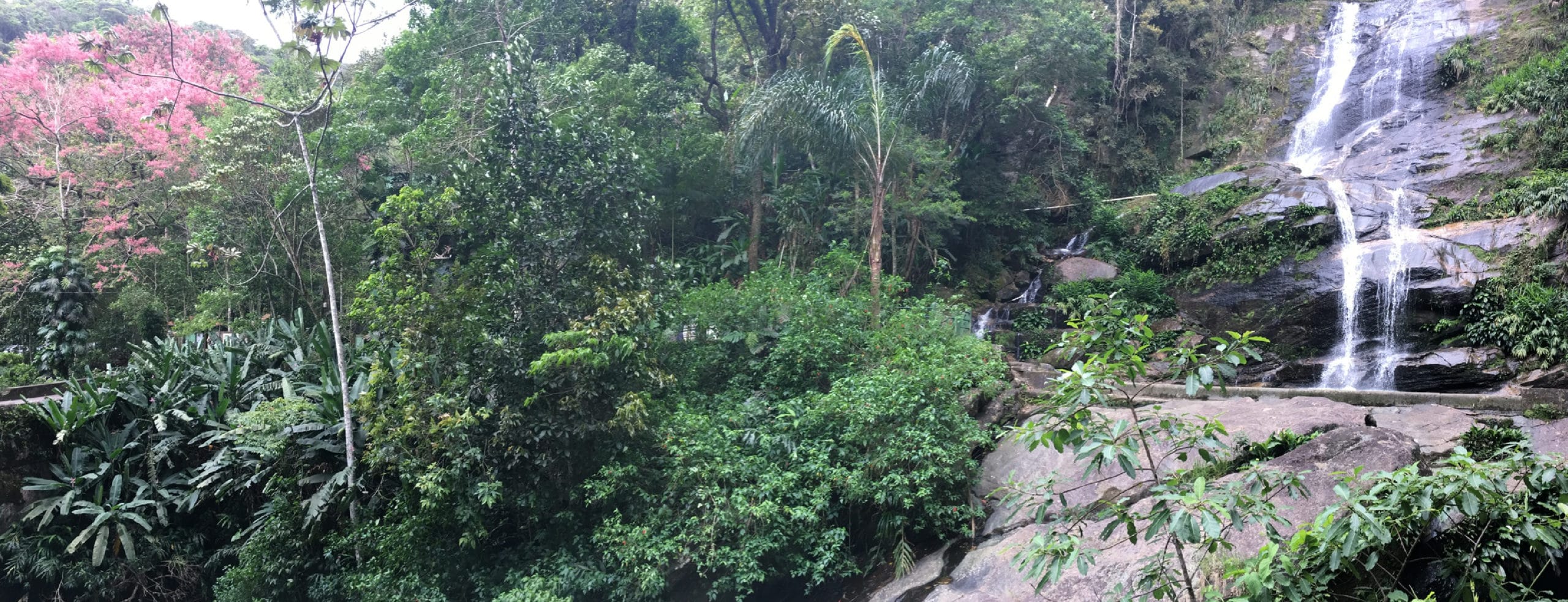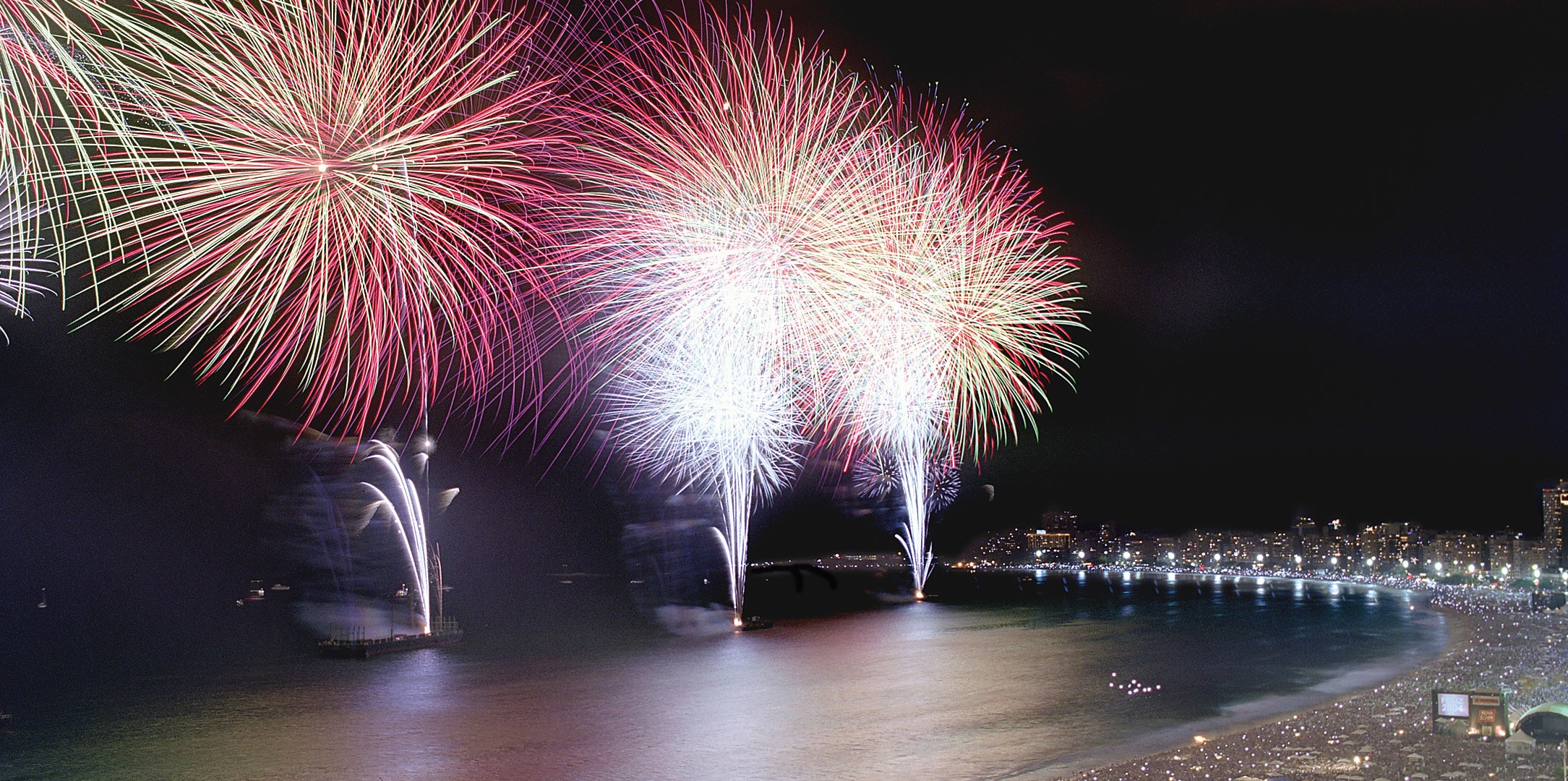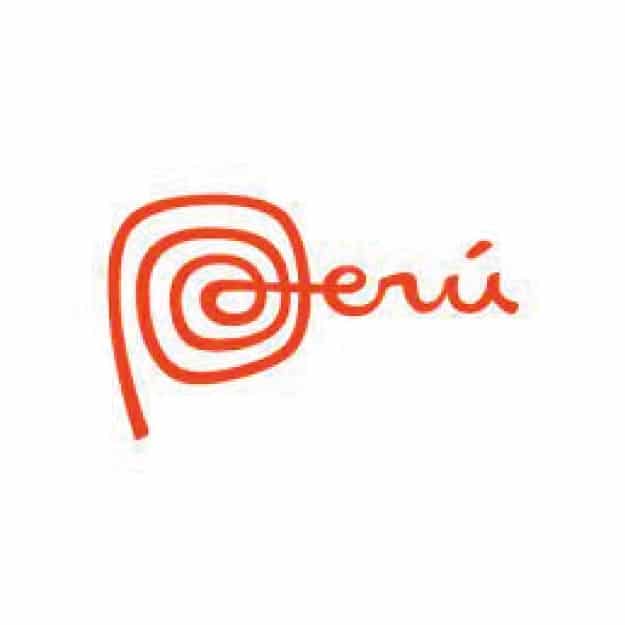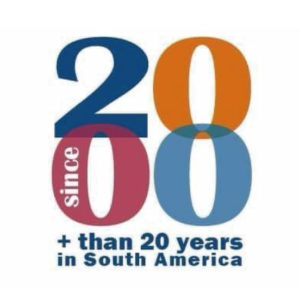General Facts about Brazil
Brazil is located on the South American continent. Brazil also belongs to the Latin American countries. The country borders the Atlantic Ocean. The largest Latin American country shares borders with all other South American countries except for Chile and Ecuador. The longest border is shared with Bolivia and is 3400 km/ 2113 miles long. The official name is Republica Federativa do Brazil or Federal Republic of Brazil in english. The origin of the name Brazil comes from a tree called brazilwood (Pau-Brasil in Portuguese). Europeans used the brazilwood as a deep red dye, highly valued by the textile industry. Common in the new land, the brazilwood was the earliest commercially exploited product from Brazil.
Brazil: The territory and the geography
Brazil is the largest country in South America and the fifth largest nation in the world. It forms an enormous triangle on the eastern side of the continent with a 7,400km coastline along the Atlantic Ocean. It has borders with every South American country except Chile and Ecuador.
The Brazilian landscape is very varied. It is most well known for its dense forests, including the Amazon, the world’s largest rainforest, in the north. But there are also dry grasslands (called pampas), rugged hills, pine forests, sprawling wetlands, immense plateaus (areas of level high ground) and a long coastal plain.
Northern Brazil is dominated by the Amazon River and the jungles that surround it. The Amazon is not one river but a network of many hundreds of waterways. Its total length stretches 6,840km. Thousands of species live in the river, including the infamous piranha and the boto, or pink river dolphin.
Southeastern Brazil was once completely covered with dense forest. Now it is the country’s industrial capital, home to Brazil’s biggest cities: São Paulo and Rio de Janeiro. It covers only 11 percent of the country but 43 percent of the country’s population lives there.
People: Ethnic groups
Most Brazilians are descended from three ethnic groups: Amerindians, European settlers (mainly from Portugal) and Africans. Starting in the 19th century, waves of immigrants from Europe, the Middle East, and even Japan added to this mix. This diversity of people has created a rich religious, musical and culinary culture.
Brazil is the fifth-largest country in the world by land area, with over 8.5 million square kilometers. It is also the sixth-largest by population, having over 210 million people. The largest cities in Brazil are São Paulo, Rio de Janeiro, Brasília, Salvador, and Fortaleza, respectively.
Language
Portuguese is the first language of the vast majority of Brazilians, but numerous foreign words have expanded the country. The Portuguese language has undergone many transformations, both in the mother country and in its former colony, since it was first introduced into Brazil in the 16th century. The two countries have largely standardized their spellings, but pronunciations, vocabularies, and the meanings of words have diverged so widely that it now may be easier for some Brazilians to understand Spanish-language films from other Latin American countries than films from Portugal. Italians, Germans, Japanese, and Spanish-speaking immigrants have introduced new words and expressions in Brazilian Portuguese, such as the ubiquitous expression tchau which was adopted from the Italian ciao.
Brazil’s indigenous peoples speak dozens of discrete languages, and some authorities suggest that the greatest divergence of the Brazilian language from the Portuguese can be traced to initial contact with the Indians.
Religion
About two-thirds of the Brazilian people adhere to Roman Catholicism, which ceased to be the official religion after the proclamation of the republic in 1889. After independence, which loosed the formerly close links between church and state, the predominance of Catholics among the immigrants of the 19th and 20th centuries contributed to the lasting presence of that religion. Much of the rest of the population is Protestant, including fundamentalist and Pentecostal groups. Evangelical groups gathered rapid support from the 1990s by taking some members from the Catholic ranks.
Other interesting facts about Brazil
The Amazon rain forest is the largest rainforest in the world. About 60% of the world’s rainforests are located in Brazil. The highest lying area of Brazil is in the North and is called the Guiana highlands. Brazil’s highest mountain is the ‘Pico de Neblina’ and is 2994m/9822ft. high. Brazil is the only country on the planet where the Equator and the Tropic of Capricorn run through the country. The Pantanal is the world’s largest tropical wetland and covers most of the country’s western parts. Brazil shares the Iguazu Falls, the largest waterfall system in the world with Argentina. There are over 270 waterfalls in this waterfall system.












